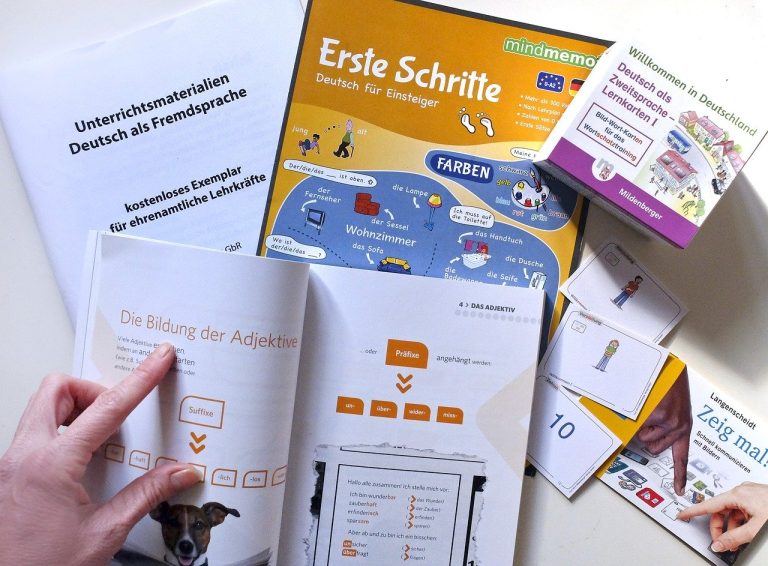1. Spread of German
German is spoken by more than 135 million people in Austria, Germany, Switzerland, Liechtenstein, Luxembourg, parts of Belgium, northern Italy, Denmark (Sonder-Jutland) and eastern France. German is one of the most important languages within the EU and from a business perspective in the countries of Eastern and Central Europe, where economies are still growing. German seems to be popular overseas as well. German is also one of the most widely spoken languages in the world, currently ranking 13th.
2. German was once spoken in the United States
The legend that German was almost recognized as the official language of the United States has been around for about 200 years. But is it really true? But behind every legend there is some truth. In 1794, a group of German immigrants from Virginia filed a petition in the U.S. House of Representatives requesting a German translation of the legal text. However, this request was rejected by a vote of 42-41. This caused despair among the emigrants and became the basis for what became known to posterity as the so-called “Muhlenberg Legend.” Rumor has it that in 1828 Pennsylvania voted on whether to adopt German as its second official language along with English. At the time, only one voice was said to have prevented the application from being implemented, and that voice came from German-speaking Reichstag Speaker Muhlenberg.
3. German vocabulary
German is made up of approximately. 5.3 million words and this trend is increasing. A third of them have been introduced into the language within the last 100 years. That's about eight times as many words as you can find in English. However, in everyday life, the number of words used is significantly reduced. German speakers use only about 12,000 to 16,000 words every day. Approximately 3,500 of these are foreign words. Duden is a reference book that has recorded the rules of German grammar and orthography since 1880, with a list of 135,000 words.
Moreover, German is a very rich language. The vocabulary is theoretically infinite, with the possibility of compound words such as “Weltmeisterschaftseröffnungsspiel” (World Cup opening game). These word combinations also help better explain obscure terms such as “Gedankenfreiheit” (freedom of thought).
4. German False Friends
German and English probably have more in common than you first think. For example, words like “kindergarten” or “strudel”. It has the same meaning in both languages. However, there are some words that have the same spelling but different meanings. This term is called “false friend.” Here are some examples:
English meaning (written in small letters): nice
German meaning: child
English meaning: despite
German meaning: quiet, quiet
English meaning: spring
German meaning: jump
Be careful, so-called “false friends” can quickly lead you astray and you and your interlocutor may end up talking about completely different things.
5. Standard German is just an invention
I am often asked what the term “Standard German” actually means. The answer is very simple. Because Standard German is another term for High German. Although many Austrians insist on speaking their own language, the difference between “Austrians” and “Germans” is virtually non-existent. Particularly in the food industry, there are some terms that the two countries have not yet fully agreed on, such as paradizer (German: tomate) and schlagobath (German: saane > cream), but these are still understood. all.

